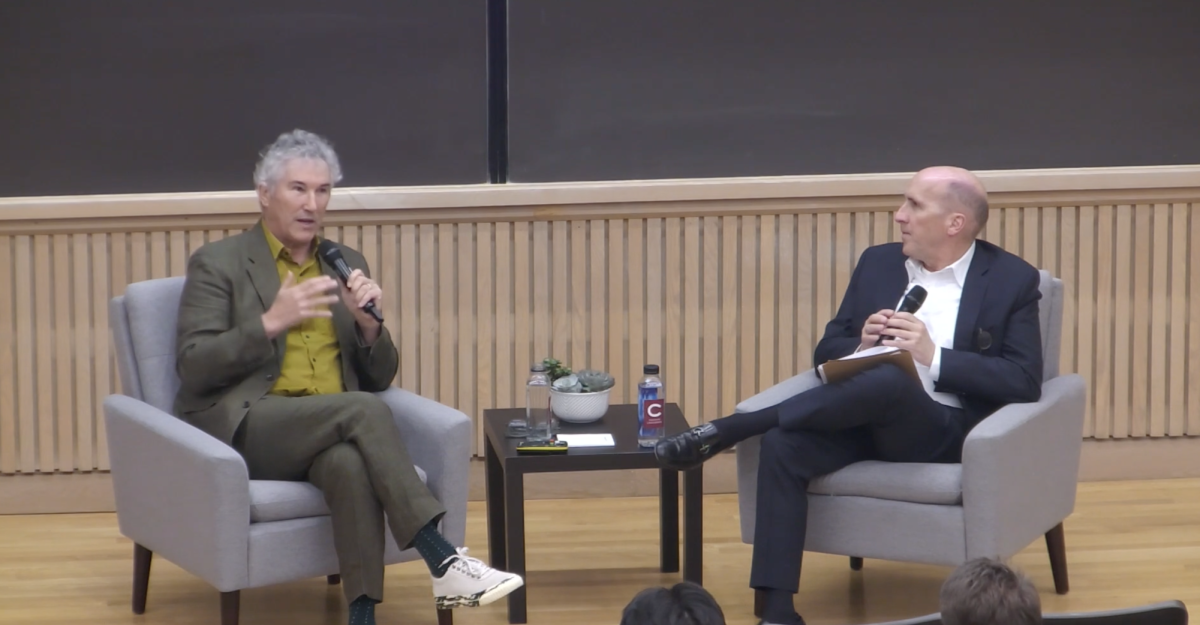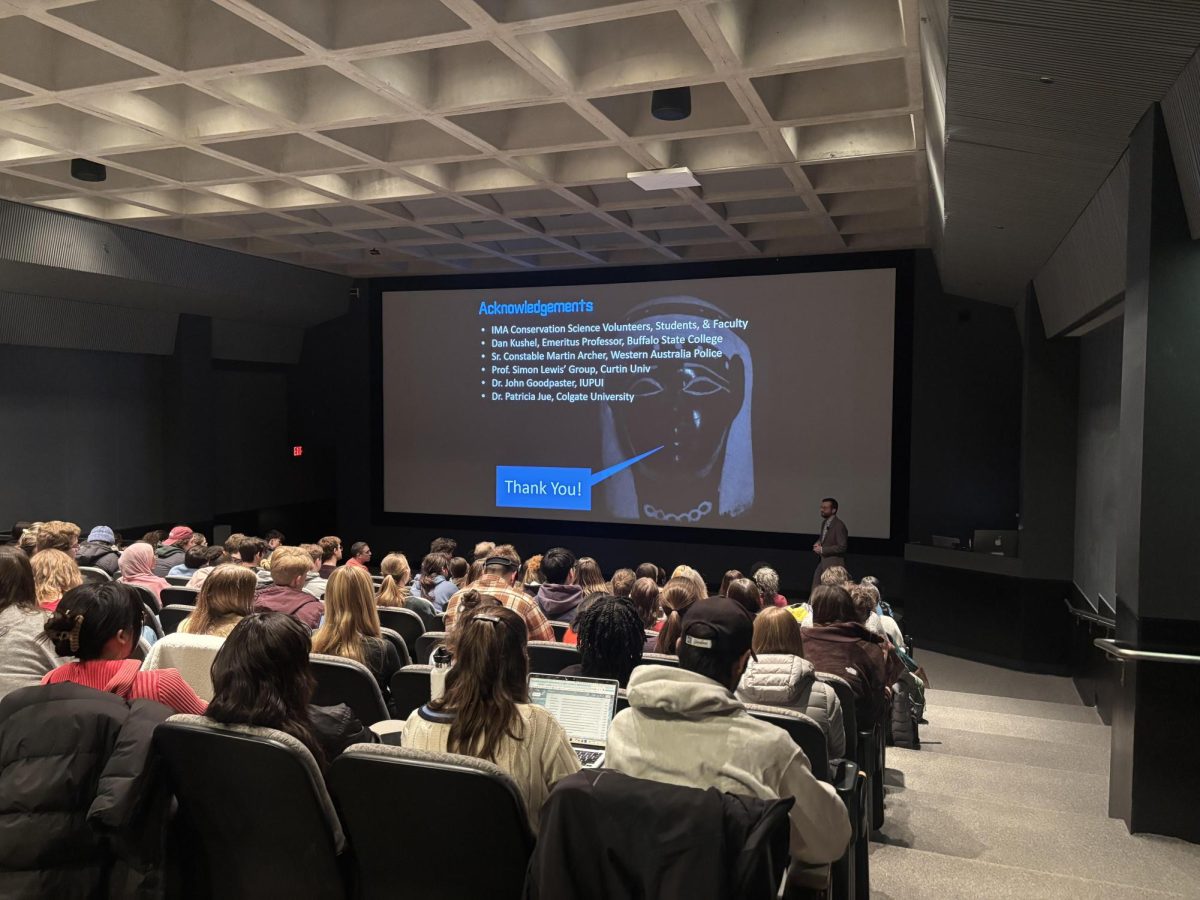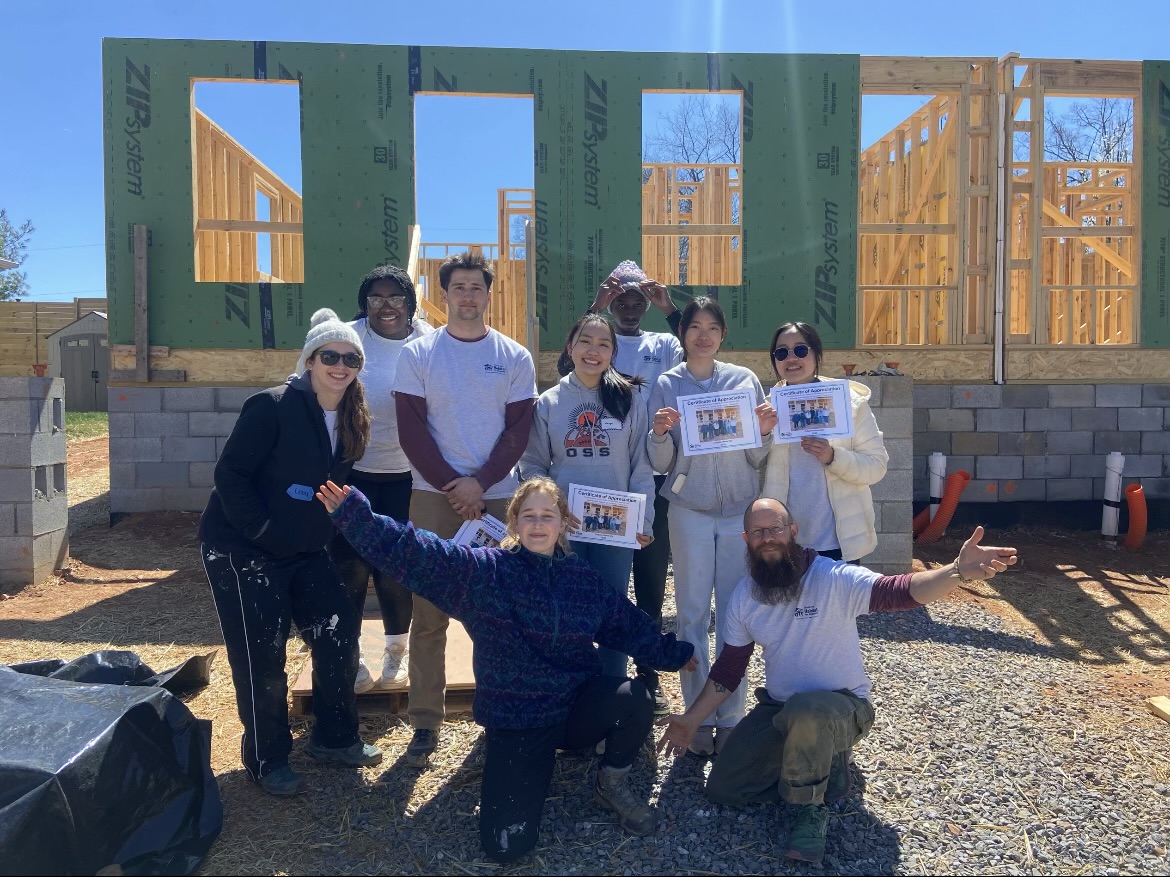The peace and conflict studies program at Colgate University hosted Associate Professor Timur Hammond, a cultural and urban geographer from Syracuse University, on Wednesday, Nov. 20. Hammond is widely recognized for his research on Turkey, including his recent book “Placing Islam: Geographies of Connection in 20th Century Istanbul.”
Hammond’s expertise in cultural and urban geography has informed his extensive research on Turkey and the July 2016 coup attempt. He has also published widely on topics such as Ottoman heritage and the geographies of translation.
In his lecture, Hammond explored the concept of heritage from multiple perspectives, emphasizing the importance of scale in understanding the significance of heritage sites on local, national and global levels. He began his speech by discussing the uneven distribution of UNESCO World Heritage sites.
“The landscape of World Heritage is uneven, and this is from the UNESCO World Heritage site, designated by the specific United Nations group as official sites of World Heritage,” Hammond said. “However, what do you notice about most of the geography where these sites are? It’s mostly Europe. Does that mean that Europe has more heritage than other parts of the world? No.”
Hammond argued that this distribution represents historic cultural and economic inequalities rather than an inherent abundance of heritage in Europe. Hammond used Istanbul as a case study to further illustrate his points, focusing on the city’s rapid transformation and the complexities surrounding its ever-changing identity in relation to its heritage.
“Istanbul is rapidly transformed through different processes. It is a city where if you jump to time from 1900 to 2000, it would not be recognizable,” Hammond said.
One of the key processes Hammond highlighted is the rapid urban development occurring in Istanbul’s historic neighborhoods. These changes are often driven by local governance and urban planners, and the efforts to preserve heritage sites fall at odds with broader economic priorities. He also spoke about the destruction of Ottoman-era architecture and the resulting issues between maintaining historical identity and also being open to modern growth.
“Bulldozers are coming in overnight and destroying nearly everything. Essentially, everything around the original artifact was seen as unworthy of preservation, but they decided to protect the core structure. Then, urban planners in Istanbul looked at examples from Europe, where they turned similar sites into heritage spaces,” Hammond said.
Hammond concluded his lecture by discussing the ongoing tension between development and preservation in Istanbul. He also noted that these efforts are not just about preserving physical buildings but are also deeply connected to national identity, heritage and politics.
“However, as time progressed, there have been improvements with the construction of a new physical infrastructure about the floor system, and the systematic restoration of all these buildings,” Hammond said. “We’re correcting all the errors of our fathers. These heritage objects justify the policy of restoring.”
First-year attendee Isabel Cook found the speaker particularly compelling.
“I did not know much about the conflicts with the preservation of heritage in Istanbul,” Cook said. “However, I found the explanation concerning the conflict between urban developers and preservation very interesting.”
Another first-year audience member, Analisa Raffaelli, also found the speech interesting.
“I really enjoyed the way [Hammond] explained a bit of history and then connected it back to modern impacts,” Raffaelli said. “Heritage preservation is very important, and I hope Istanbul continues to be rebuilt.”














